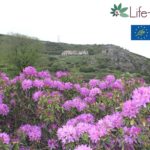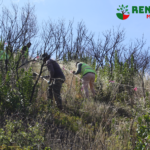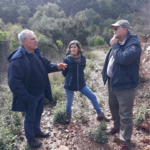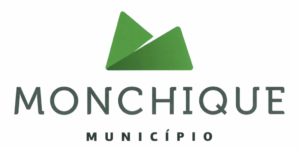The University of Évora and the Study Group on Spatial Planning and Environment (GEOTA in Portuguese) signed a mutual collaboration protocol at the beginning of January (2020) with the objective of creating synergies between the conservation projects that each entity coordinates in Monchique.
In order to conserve one of the rarest natural habitats in Europe and one of the most unique in Monchique, the University of Évora coordinates Life-Relict. This project has as main objective the conservation of the arboreal communities of lauroid species (priority habitat for conservation listed in Annex I of the Habitats Directive with code 5230 *). It is here that the witness plants of the Laurissilva forests that lived in the Iberian Peninsula in past geological times, when the dominant climate was of subtropical. In this situation are the rare Rhododendron, dominated by the imposing shrubs of Rhododendron ponticum subsp. baeticum, a scarce and fragmented floristic species in the western areas of the Iberian Peninsula. Among the most varied concrete conservation actions carried out by Life-Relict, we highlight those that intend to benefit the mature stages of ecological succession, including the potential forests of Monchique. As it is intended to increase the area of autochthonous forest and, therefore, increase the resilience and robustness of this priority habitat, in view of the exposure of the most significant threats, as is the case of fires, inadequate forestry interventions, propagation of invasive alien species , climate change, among others.
Simultaneously, GEOTA coordinates Renature Monchique project, a project that aims to restore the main habitats of the Natura 2000 network affected by the 2018 fire, which, considered to be the largest in Europe, consumed more than 27 thousand hectares, leaving a trail of destruction in the natural heritage. Thus, it is planned to renaturalize the landscape of Monchique with more than 75 thousand trees of native species. It is also expected to be able to contribute to the well-being of the local community and mitigate the future impacts of climate change in the territory.
In this way, as the specific objectives of the Life-Relict project (UÉ) and the Renature Monchique project (GEOTA) complement each other, the need for cooperation between the coordinating entities became evident, enhancing the best success in safeguarding the natural heritage of this Site of Community Importance through the replication and transfer of knowledge acquired by both parties.
The Monchique mountain range covers approximately 78 thousand hectares and is home to more than two dozen natural and semi-natural habitats, five of which are considered priority for conservation by the Habitats Directive (92/43 / EEC). Therefore, it is called Site of Community Importance (SCI), being in a very particular biogeographic context and where there are rare floristic species, some endemic and others threatened with extinction, as is the case of Monchique oak (Quercus canariensis), together with other floristic species in the region, gives particular value to the native forest of the Monchique mountains.
However, the most significant land-based economic activity is forestry, where tens of thousands of hectares are occupied by eucalyptus and wild pine stands. In addition, the majority of the area of this SIC has a fragile socio-economic dynamics and the propensity for abandonment is quite high, since the income from work is less than 60% of the region’s average (Algarve). Perhaps for this reason, the most significant threat factors are intensive afforestation with exotic species, forest fires, the destruction of native vegetation, the expansion of invasive alien species as well as climate change, among other threats that, commutatively, are contributing for a frank degradation of the native forest of Monchique.
Click on images to enlarge
For more information about GEOTA project, visit: https://www.renaturemonchique.org/












